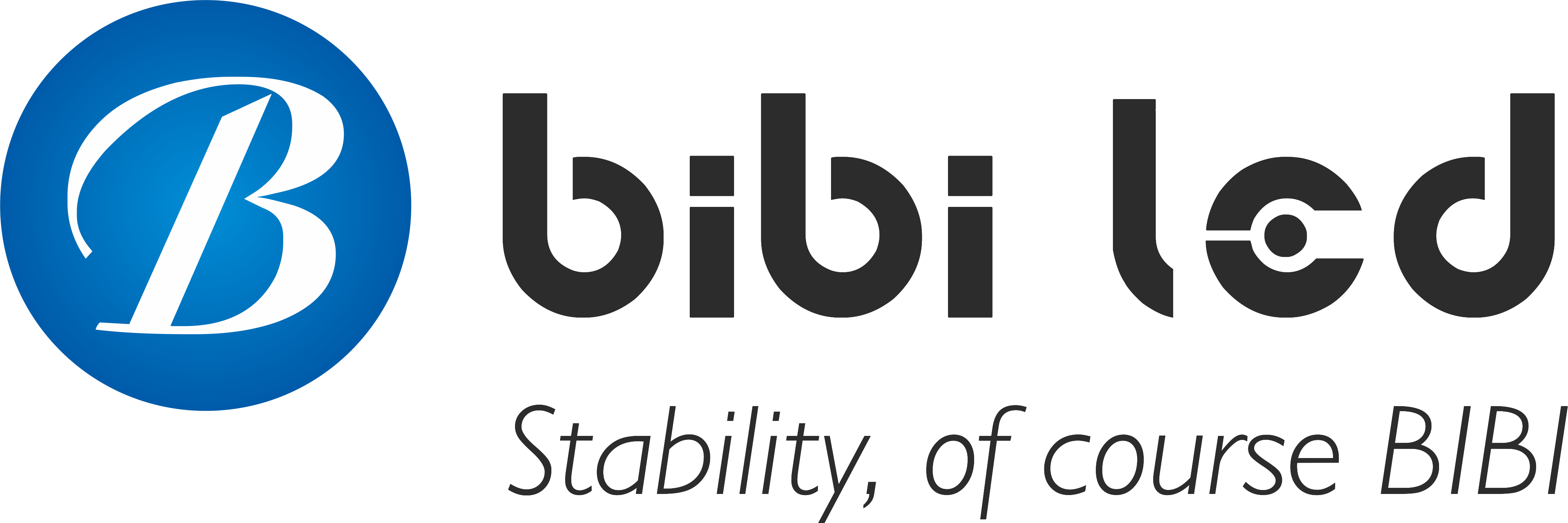介绍
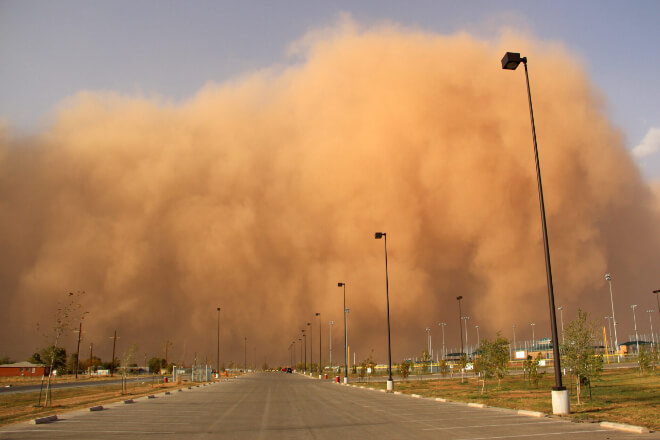
In dusty environments, LED显示屏 are easily “injured” – the picture becomes blurred, heat dissipation problems occur, and even malfunctions occur. So, how can LED display screens in dusty places be effectively cleaned and maintained?
Do it yourself or hire a professional team? How to set the cleaning frequency? Today, let’s talk about these practical and critical issues to help you find the most suitable cleaning and maintenance solutions.
目录
1. Why does dust affect the effect of LED display screens?
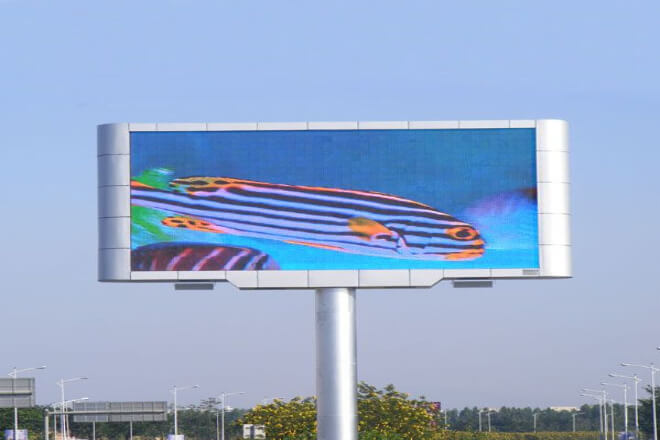
Once thick dust falls on the surface of the screen, the light is blocked, and the natural 亮度 decreases. Especially white and light colors that should be bright.
It will look gray, the picture is not so clear, and it gives people an “old” feeling. Over time, the audience will not feel comfortable watching it, and the experience will plummet.
It is normal for LED screens to heat up, and the heat dissipation holes and fans are there to help it “dissipate heat and cool down”.
However, once the dust blocks the air flow, the screen feels like it is wearing a thick coat, and the heat cannot be dissipated.
Once the temperature goes up, the screen 亮度 tends to flicker and become unstable.
In serious cases, there will be troubles such as dead lights and black screens, and maintenance will also increase.
Dust contains not only small particles, but also impurities such as oil, smoke, car exhaust, and industrial dust.
These things easily “chemically react” on the circuit board and screen module.
Over time, like a rusty shovel, the circuit is corroded, the contact becomes worse, and even a short circuit is caused, and the screen naturally stops working.
Now, many LED screens also have touch or somatosensory interactive functions. Once dust covers the sensor, the response is slow, or it cannot be recognized at all.
When users operate, they will feel “stuck”, and the experience plummets, which is particularly fatal for screens that rely on interaction to attract people.
Dirty screens need to be cleaned and maintained more frequently. Dust blocking the fan may require the direct replacement of parts.
Improper cleaning can easily scratch the screen. In the long run, it is not only time-consuming and labor-intensive but also costly.
2. Safety precautions that must be taken before cleaning the LED display
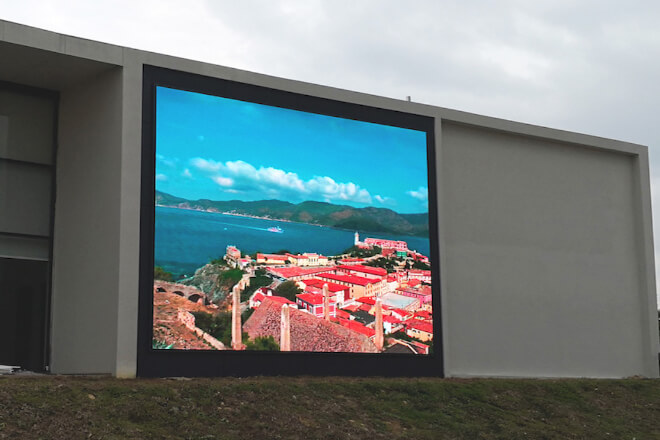
1). Turn off the power first; safety is the most important
Before cleaning the LED screen, the first thing to do is to completely cut off the 电源. Don’t think about cleaning with power on, although it may feel faster, it is actually very dangerous.
Not only is there a risk of electric shock, but it may also cause a short circuit, causing the screen to go out.
Especially outdoors or on large screens, the voltage and current are not small, and safety issues must be put first.
2). Be cautious when choosing cleaning agents, stay away from alcohol and highly corrosive liquids
Some people like to use alcohol to wipe the screen of their mobile phones and use it on LED screens, but this trick is actually not suitable.
Alcohol and some highly corrosive cleaning agents may damage the protective film on the surface of the screen, or even penetrate into the internal circuit, with serious consequences.
It is recommended to use a professional LED screen cleaner, or warm water with a little neutral detergent, which can clean dust without damaging the screen.
3). Keep the screen dry and don’t let water “take advantage of the situation.”
It is common to use a wet cloth when cleaning, but be sure not to make the cloth too wet. Excessive moisture can easily penetrate into the screen through the gaps.
After cleaning, you can’t rush to turn on the machine. It is best to let the screen dry naturally for a while.
Residual moisture can easily cause circuit shorts or component corrosion. This “invisible damage” is the most troublesome.
In short, cleaning LED displays is not as easy as simply wiping them. Safety awareness and detailed operations are very important.
As long as you use the right method and pay more attention to it, you can keep the screen in the best condition and avoid unnecessary trouble and maintenance costs.
3. Common cleaning methods and tools recommended
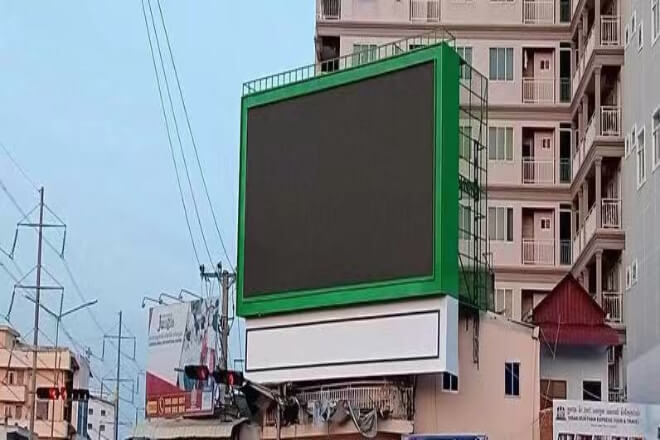
When cleaning LED displays, the right methods and tools will have a much better effect and be safer.
Common cleaning methods can be roughly divided into four types: dry wiping, wet wiping, vacuuming, and wind pressure cleaning. The following are introduced separately:
1). Dry wiping:
This is the most basic and most commonly used method, especially suitable for daily light dust cleaning.
Choose soft and anti-static cloth to avoid scratching the screen surface and reduce static dust absorption.
For example, microfiber cloth is not only soft but also can effectively wipe off fine particles on the surface, which is very suitable for daily maintenance.
2). Wet wiping:
When encountering oil stains or more stubborn dirt, you can use a wet cloth to wipe, but remember not to make the cloth too wet.
Use pure water or cleaning fluid specially designed for LED screens for the best effect to avoid corrosion of the screen.
Don’t forget to let the screen dry fully after wet wiping to prevent moisture from entering the interior.
3). Vacuuming:
A low-power vacuum cleaner or a wind ball dust collector. For large areas of dust accumulation, especially dust on the edges of the screen and in the heat dissipation holes, vacuuming is a good choice.
Using a low-power vacuum cleaner can prevent the wind from blowing dust into the internal components.
The wind ball dust collector is also very convenient and can blow away the dust in the gaps that are difficult to wipe with a cloth.
4). Air pressure cleaning: A weak air pressure jet can
Sometimes the dust is hidden deep, and wet wiping and vacuuming are not enough. At this time, you can use a weak air pressure jet to clean the gaps.
But be careful not to use too much air pressure to avoid damaging the screen or blowing dust into deeper places.
4. Indoor vs outdoor LED screens: What are the differences in cleaning strategies?
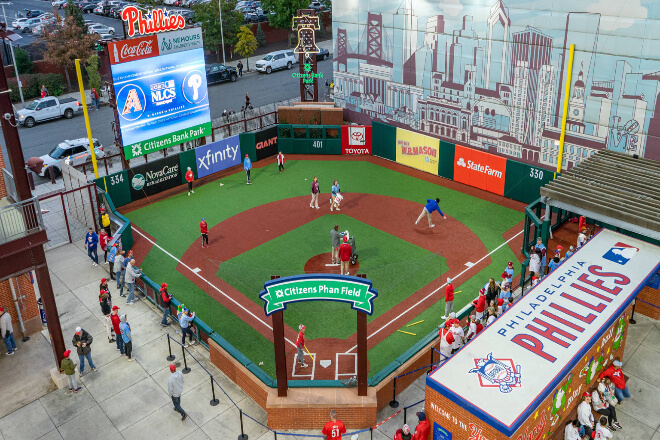
Cleaning LED screens is actually a job that “seems simple but requires a lot of attention”. Especially for screens used indoors and outdoors, the environment is completely different.
And the cleaning method must also change accordingly. Let’s take a look at the difference between the two from 5 aspects.
1). Where the dust comes from is different
1.1). 室内LED屏幕
Generally installed in relatively clean places, such as conference rooms, 购物广场, classrooms, etc., the air is relatively fresh, and the pollution source is basically dust and a little static electricity. The accumulation speed is slow, and the dirt is relatively “gentle”.
1.2). 户外LED屏
It’s miserable. Wind, rain, car exhaust, dust, insects, bird droppings… all come to join in the fun.
If you don’t wipe it for a day, it will change its face, especially on the roadside or in industrial areas, where the dust is more eye-catching than the advertising content.
2). The cleaning frequency is completely different
2.1). Indoor LED screens
Usually, it’s enough to clean it once a month. If you are really lazy, you can do it once a quarter. As long as it doesn’t eat too much dust and the picture is not blurred, it’s fine.
2.2). Outdoor LED screen
This has to be “normalized”. It is recommended to clean it every Monday, even if it is just to wipe the surface.
In case of sandstorms, heavy rain, or typhoons, you must check whether there is water or dust after cleaning; otherwise, it is easy to malfunction.
3). Tools cannot be used indiscriminately, and it is easy to overturn if used incorrectly
3.1). Indoor LED screen
The main feature is “gentle”. Just use an anti-static cloth made of microfiber, and the dust will be gone with a gentle wipe.
Never use a kitchen rag or paper towel to wipe it hard, as it is easy to scratch the screen.
Don’t spray detergent directly on the screen, otherwise it will be troublesome if water enters the circuit.
3.2). Outdoor LED screen
This can be a little rougher, but it also depends on the model. If your screen is IP65-rated, you can spray some water at low pressure and brush the outer shell with a neutral detergent.
If the protection of the screen is not that strong, you can only wipe it with a wet cloth a little bit, and be careful not to get water into the interface or gap.
4). When cleaning, the attention points are also different
4.1). Indoor LED screen
Mainly prevent scratches and static electricity. Although there is less dust, long-term neglect will “secretly” make the picture quality worse.
You can open some windows and turn on the air purifier to reduce dust, which can also save cleaning effort in disguise.
4.2). Outdoor LED screen
The focus is on structural inspection. For example, whether the sealing strip is loose, whether there are cracks in the shell, and whether the power cord is exposed.
If water and dust sneak in when you are not paying attention, the picture will be distorted at the least, and the circuit will burn out at the worst.
5). The treatment of stubborn dirt also depends on the scene
5.1). Indoor LED screen
Usually, it is just fingerprints and oil stains, which can be wiped gently. If it is really a bit difficult to wipe.
You can also use one or two drops of screen cleaning liquid to assist in the treatment, but don’t use alcohol or strong detergents; the risk is too great.
5.2). Outdoor LED screen
This is hard to deal with. Bird droppings, mud spots, glue stains, generally, using water alone is useless.
It is recommended to use a special LED cleaner + soft brush, and then wipe it with a damp cloth.
Some screens need to be cleaned along the direction of the drain; otherwise, the sewage will accumulate and become more difficult to deal with.
5. Daily dust protection maintenance suggestions for LED display screens in dusty environments

In dusty places, LED screens are like a “vacuum cleaner”. Dust can easily accumulate, which will affect the blurry image and may also cause heat dissipation and circuit problems.
If you want to make the screen suffer less, you must keep up with daily dust protection maintenance. Here are some practical and easy-to-operate suggestions.
Let’s talk about the dust cover and filter first. This is to put on a layer of “protective clothing” for the screen.
The dust cover can help you block most of the flying dust, and the filter can stop the small particles in the air from entering the screen.
Now, many LED screens can also be equipped with a glass protective layer. In addition to dust prevention.
This layer of glass can also prevent you from accidentally scratching the screen when cleaning.
However, remember not to use too thick a glass to avoid affecting the brightness and color of the screen.
Let’s talk about the installation method. If the LED screen can be mounted or embedded in the wall, it will save a lot of trouble.
Doing so not only looks neat and beautiful, but also reduces the exposed area of the screen, so there are naturally fewer places for dust accumulation, and it is also easy to clean.
There is also the problem of air circulation. Indoors or in semi-enclosed places, dust floating in the air can easily fall onto the screen.
Installing an air filtration system or regularly changing the air conditioning filter can help you “filter” the dust in the air and reduce dust.
When the air is clean, the screen will naturally be clean, and the maintenance pressure will be much less.
In summary, the key to dust prevention is “prevention first”. Let less dust get close to the screen, and pay more attention to it in daily life, so that the LED screen can be both bright and durable, saving a lot of money on repairs and replacement parts.
6. How to set the cleaning frequency and maintenance cycle?
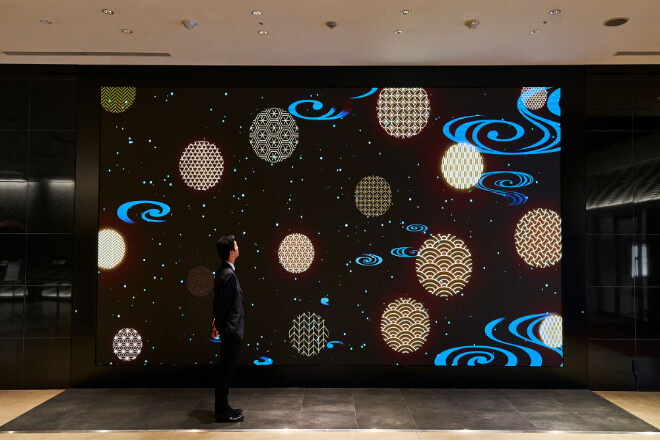
When it comes to the frequency of cleaning and maintenance, it doesn’t have to be too complicated, but it can’t be sloppy.
Generally speaking, it is very important to give the LED display a “routine physical examination”.
It is recommended that you do a routine inspection at least once a month to see if there is dust accumulation on the surface of the screen.
Whether there is a dead light or uneven brightness, so that problems can be discovered as early as possible to avoid minor faults from major failures.
In addition to monthly inspections, it is best to arrange a deep cleaning every three months.
At this time, it is not only necessary to wipe the dust on the surface, but also to use special tools and cleaning agents to thoroughly clean the dirt hidden in the gaps.
By the way, check whether the dust cover and sealing strip are aged. Although deep cleaning takes some effort, it can greatly extend the life of the screen, saving more money for repairs later.
If your LED screen is installed in a factory workshop, on the side of the road, or in a place with a lot of dust, the cleaning frequency must be increased.
It is recommended that it be cleaned at least once every half a month. After all, the environment is dirty, and dust accumulates quickly.
If it is not handled in time, the brightness and heat dissipation of the screen will be affected.
In addition, it is also necessary to develop the habit of making cleaning files. Record the time of each cleaning, the tools used, the type of cleaning agent.
And the problems found, so as to facilitate the tracking of maintenance in the future, and to facilitate the handover of work, so as to know what is going on.
In short, cleaning and maintenance are not a job that can be done once or twice, but a process of “long-term persistence”.
As long as it is done on time and in quantity, the LED screen can always be bright, beautiful, and safe to use.
7. Do you need to hire a professional team? When must you hire one?
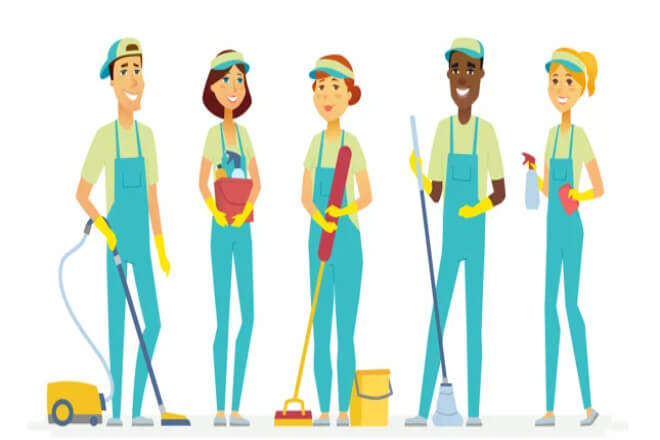
Cleaning and maintaining LED display screens can be done by yourself in many cases, but in some cases, it is very necessary to find a professional team.
For example, large-scale or high-altitude LED screens, especially those with complex structures, are not only dangerous to do by yourself, but also difficult to ensure the quality of cleaning.
Professional construction teams have experience, appropriate tools, and safety measures, and can complete the work efficiently and safely.
In addition, if the screen has a color cast, abnormal brightness, or short circuit and other faults, do not disassemble or clean it yourself at this time to avoid causing greater damage.
Ask professionals to diagnose and repair the problem so as to prescribe the right medicine and avoid the expansion of the problem.
In addition, it is also recommended to hand over equipment such as rental screens and 展览 screens that have particularly high requirements for picture quality and stability to professional maintenance companies.
They are familiar with various brands and models of equipment and can protect the equipment and ensure the display effect.
In short, self-cleaning and maintenance are suitable for simple daily operations. Once you encounter high-risk or complex problems, it is a wise choice to find a professional team that is both safe and worry-free.
八、结论
Through the above introduction, we understand the impact of dust on LED display screens and the methods of cleaning and maintenance.
Whether indoors or outdoors, regular cleaning and maintenance are the key to extending the life of the screen and maintaining picture quality. If you encounter complex situations, don’t forget to ask a professional team for help in time.
最后,如果您想了解更多关于LED显示屏的知识, 请与我们联系.
